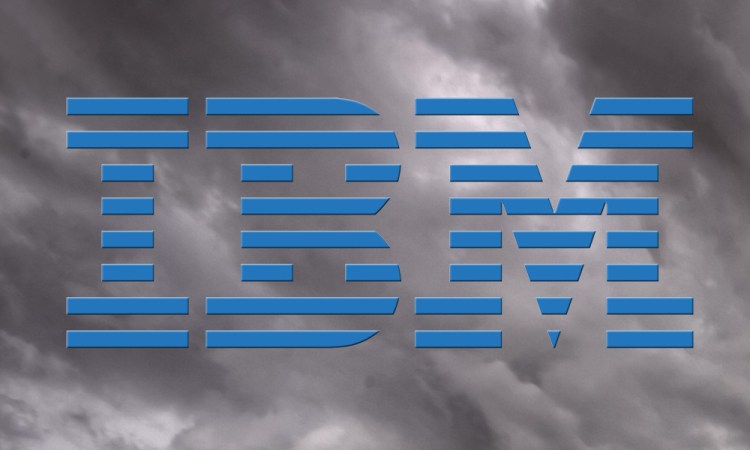IBM executives can daydream all they want, but the reality is that IBM is not developers’ first choice for deploying cloud applications.
So when it acquired the managed nonrelational-database company Cloudant, IBM had to make a tough call: whether or not to keep making Cloudant available on public clouds that compete with IBM.
Ultimately, IBM decided to keep allowing developers to run Cloudant on other clouds, Sean Poulley, vice president of big data at IBM, said in an interview with VentureBeat. That includes IBM competitors such market leader Amazon Web Services, Microsoft’s Windows Azure, and Joyent.
And the ruling shows that, as much as IBM believes in its own vast, public cloud, it’s not going to be stubborn. It’s open to pulling in revenue by letting Cloudant databases run on other clouds.
“We don’t own all of the cloud infrastructure space, and even some of the customers [Cloudant] has had would use multiple different infrastructures,” Poulley said. “Some customers are wedded to other infrastructures, and we don’t see any reason at this point not to have Cloudant be available on Rackspace or other infrastructures.”
Not only does that bode well for companies kicking the tires of multiple public clouds, it also should relieve companies that use Cloudant on clouds other than IBM.
And just as it won’t turn off access to Cloudant on other clouds, IBM doesn’t plan to stop letting developers on its own cloud services run databases that compete against Cloudant, like MongoDB. That’s a wise move, because such a move might cause developers to decamp to other clouds. And it suggests IBM knows it must tread lightly if it wishes to keep building its public-cloud business as it goes up against Amazon Web Services and other competitors.
What IBM will do is invest in the development of the Cloudant database, Derek Schoettle, Cloudant’s chief executive, told VentureBeat. The idea is to make it easier for developers to use Cloudant’s libraries, monitoring dashboard, and application programming interface (API), Schoettle said.
Looking forward, the combination of Cloudant with IBM could provide new capabilites for the database, like replicating and syncing data from multiple devices, Schoettle said.
He declined to talk about whether IBM would want to make Cloudant available as technology to run at a company’s on-premises data center, right alongside longstanding IBM databases like DB2.
It would be interesting to know if Cloudant had received acquisition requests from cloud infrastructure providers other than IBM, like Amazon or Rackspace. A Rackspace acquisition in particular would have been realistic, given that it invested in Cloudant, even though Rackspace did buy hosted MongoDB company ObjectRocket last year. But Schoettle wouldn’t say.
He did say how big the company is. Today, Schoettle said, Cloudant has 260 paying customers and 65 employees, at offices in Boston, Seattle, and Bristol, England.
The idea is to continue to keep the Cloudant team globally distributed, in parallel with the distributed nature of the hardware on which Cloudant’s service operates.


